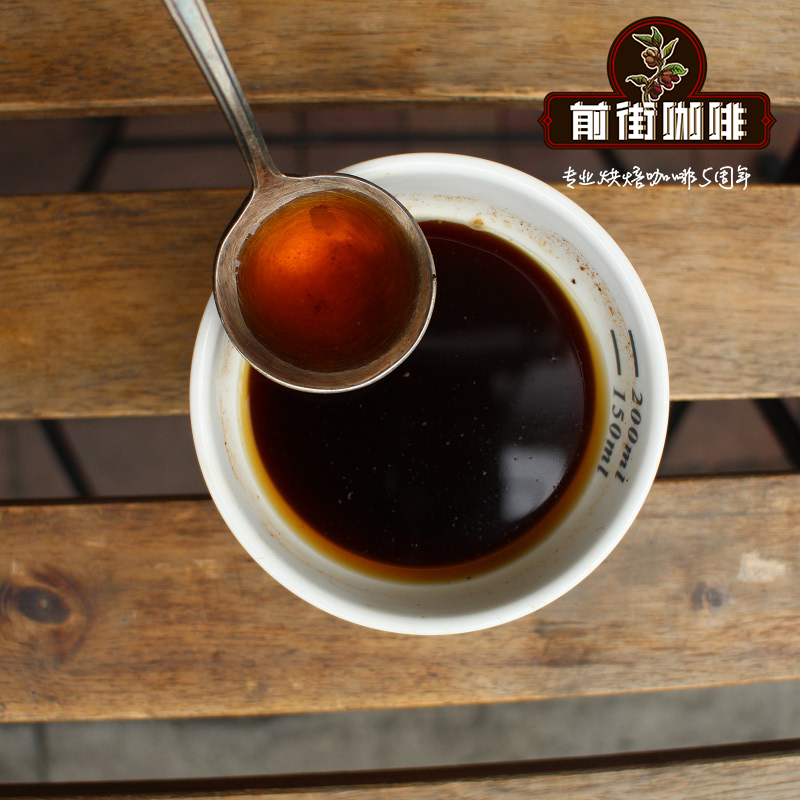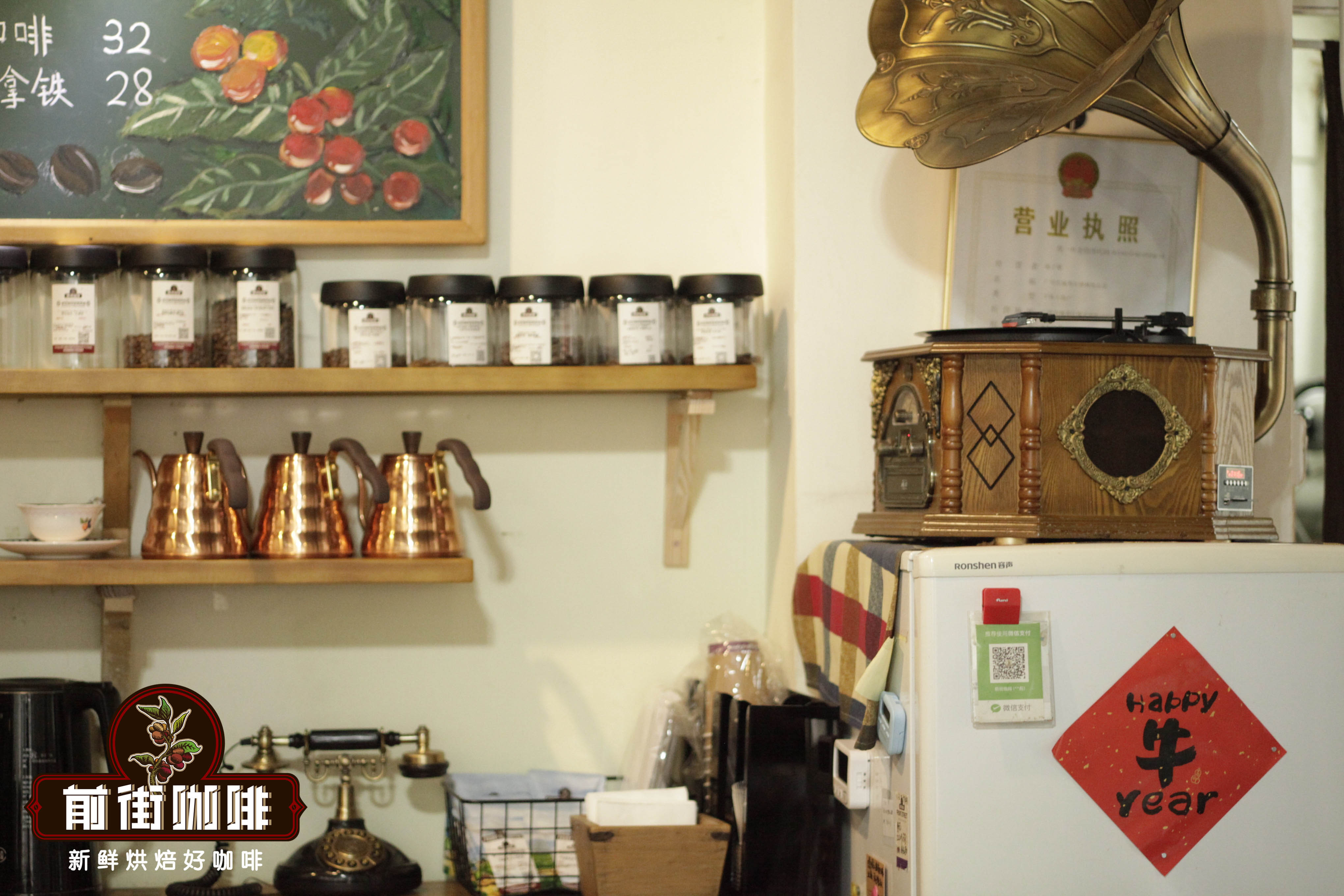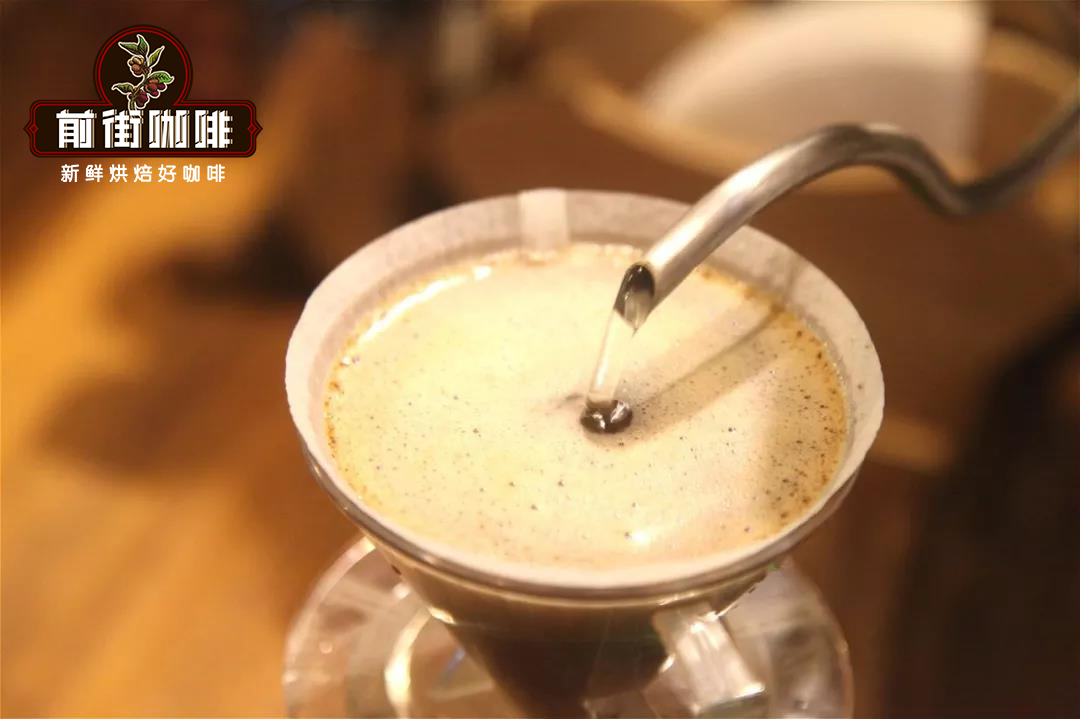Evolution of coffee bean species on Sulawesi Island in Sumatra, Indonesia

Professional coffee knowledge exchange more coffee bean information please follow the coffee workshop (Wechat official account cafe_style)
Indonesia is made up of more than 17,000 islands scattered over the equatorial volcanic belt and has fertile soil. Famous producing areas include Sumatra in the west, Sulawesi in the middle, and Java in the south. Coffee was brought to Jakarta by the governor of the Netherlands from Malabar, India, in 1696, and local farmers were forced to grow coffee instead of white rice. Since 1850, the Dutch East India Company has expanded its planting area to other Indonesian islands. By far, Indonesia is the fourth largest coffee exporter in the world.
The rust that ravaged Indonesia in 1876 nearly wiped out Arabica coffee. Since then, farmers have begun to plant Robusta with high disease resistance in the hardest-hit areas of the East Java lowlands. After the independence of the country, local talents replanted the higher quality Arabica (Arabica). So far, 80% of Indonesia's exports are still commercial-grade Robasta. Interestingly, since the eastern islands of Timor and Flores were Portuguese dependencies at that time, the species were different from those of the Netherlands and had a lesser impact. You can still drink "ancient species" from the 16th century.
Indonesian coffee is very diverse in quality, and most of them use the island's origin as its market name:
Such as Sumatra (Sumatra), Sulawesi (Sulawesi), Jawa (Java) or Timur (Timor). The advantage of Indonesian coffee is that most coffee is characterized by strong, introverted flavor and lively acidity. The disadvantage is that it may also be more uncomfortable and difficult or a little mildew. Others show a rustic nature, which is liked by some coffee lovers, while others will hate it.
The evolution of bean seed reflects the history of planting.
Sumatran coffee is best known for Manning. The brand, which is neither a bean seed nor a producing area, comes from the mistranslation of the name of a Mandailing. Mantenin is also rich in Mount Jiayu in Aceh Province and in the Lindong producing area around the northern volcanic lake Doba. The names include "Green Treasure" and "Blue Eye", which are colorful. Sumatran coffee is generally supple, dense, low-acid, with earthy, cedar, cut tobacco and cocoa flavors.
Sulawesi has been around for more than 100 million years, so the soil is more mineral-rich than other Indonesian islands, and the coffee produced is brighter. Among them, the production near Tana Toraja Mountain is the most famous. It has a hint of spice, including pepper, cinnamon and nuts.
The evolution of coffee bean species in Indonesia reflects the planting history in Indonesia. There are many defects in Indonesian coffee, the biggest reason is improper handling. Whether washed or insolated by farmers in Africa and Central America, beans are hidden in pods like melon seed shells and are beaten by threshing machines before they are exported. However, the popular Wet hull (Giling Basah) method in Indonesia is that after washing off the pectin layer, the coffee is quickly beaten away without being dried. The water content of wet coffee beans is as high as 50%. The middleman collects the kernels and dries them out of control: exposure to the sun loses organic acids, while drying in the mud gives beans a chance to inhale the smell and dirt. This is all due to farmers' lack of knowledge in order to earn fast money.
Qianjie Coffee is recommended to brew Indonesian coffee with 88 degrees of water, with herbal, chocolate and caramel flavors at the entrance.
Important Notice :
前街咖啡 FrontStreet Coffee has moved to new addredd:
FrontStreet Coffee Address: 315,Donghua East Road,GuangZhou
Tel:020 38364473
- Prev

Introduction to the flavor and taste characteristics of Indonesian Dingshang Mantenin coffee beans and golden mantenin coffee beans
Professional coffee knowledge exchange more coffee bean information please follow the coffee workshop (Wechat official account cafe_style) Indonesian Coffee-Manning is not the name of the producing area, place name, port name, nor the name of the coffee variety, how did it get its name? Actually, it's Mandaining mandheli in Indonesia.
- Next

Introduction to the story of Brawan Manor in Blawan, Indonesia _ cultivation of Java coffee beans in Indonesia
For more information on coffee beans, please follow the coffee workshop (Wechat official account cafe_style) Indonesia coffee producing area-Java produces delicate aromatic coffee with relatively low acidity, delicate taste and good balance. Java coffee has better aroma and acidity than coffee from Sumatra and Sulawesi. The best plantation in Java is Blawan.
Related
- Detailed explanation of Jadeite planting Land in Panamanian Jadeite Manor introduction to the grading system of Jadeite competitive bidding, Red bid, Green bid and Rose Summer
- Story of Coffee planting in Brenka region of Costa Rica Stonehenge Manor anaerobic heavy honey treatment of flavor mouth
- What's on the barrel of Blue Mountain Coffee beans?
- Can American coffee also pull flowers? How to use hot American style to pull out a good-looking pattern?
- Can you make a cold extract with coffee beans? What is the right proportion for cold-extracted coffee formula?
- Indonesian PWN Gold Mandrine Coffee Origin Features Flavor How to Chong? Mandolin coffee is American.
- A brief introduction to the flavor characteristics of Brazilian yellow bourbon coffee beans
- What is the effect of different water quality on the flavor of cold-extracted coffee? What kind of water is best for brewing coffee?
- Why do you think of Rose Summer whenever you mention Panamanian coffee?
- Introduction to the characteristics of authentic blue mountain coffee bean producing areas? What is the CIB Coffee Authority in Jamaica?

